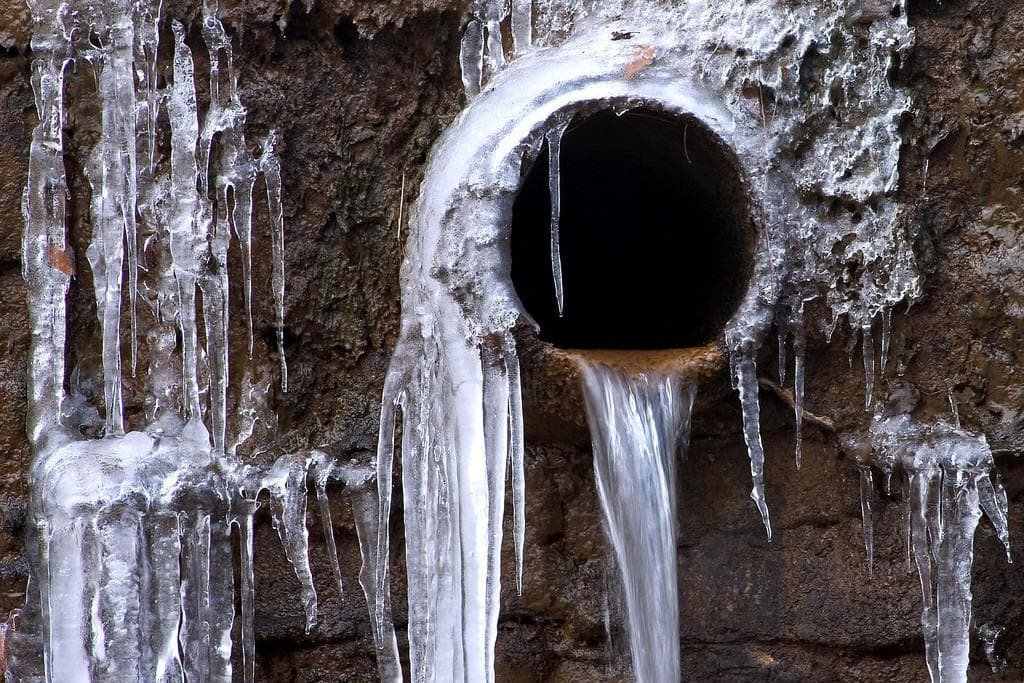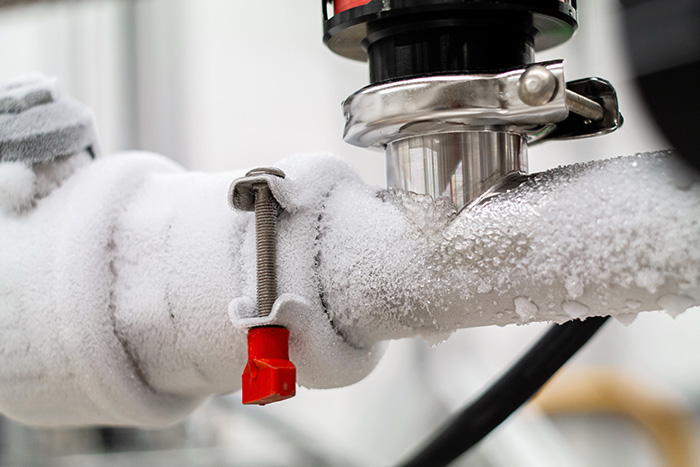Crucial Tips to Prevent Frozen Plumbing in Winter: Expert Insights
Crucial Tips to Prevent Frozen Plumbing in Winter: Expert Insights
Blog Article
Everybody maintains their unique rationale with regards to How To Avoid Freezing Pipes.

Winter can wreak havoc on your plumbing, especially by freezing pipelines. Here's how to prevent it from happening and what to do if it does.
Introduction
As temperature levels decline, the threat of icy pipes increases, potentially bring about expensive repair work and water damages. Recognizing exactly how to prevent icy pipes is essential for home owners in cold environments.
Understanding Icy Pipelines
What causes pipes to ice up?
Pipelines freeze when subjected to temperature levels below 32 ° F (0 ° C) for prolonged durations. As water inside the pipelines ices up, it expands, putting pressure on the pipeline wall surfaces and potentially triggering them to rupture.
Threats and problems
Icy pipelines can bring about supply of water disturbances, home damages, and costly repair services. Burst pipes can flood homes and cause comprehensive architectural damages.
Indicators of Frozen Piping
Recognizing icy pipelines early can avoid them from rupturing.
How to determine icy pipelines
Search for decreased water flow from taps, unusual smells or sounds from pipelines, and visible frost on subjected pipelines.
Avoidance Tips
Protecting susceptible pipelines
Wrap pipelines in insulation sleeves or use heat tape to safeguard them from freezing temperatures. Focus on pipelines in unheated or outside locations of the home.
Heating methods
Maintain interior rooms effectively heated, particularly areas with plumbing. Open cupboard doors to enable cozy air to distribute around pipes under sinks.
Securing Exterior Pipes
Yard tubes and exterior taps
Separate and drain pipes yard pipes prior to winter. Mount frost-proof spigots or cover outdoor faucets with shielded caps.
What to Do If Your Pipelines Freeze
Immediate actions to take
If you think icy pipelines, keep taps open to ease stress as the ice melts. Utilize a hairdryer or towels taken in warm water to thaw pipes slowly.
Long-Term Solutions
Structural modifications
Take into consideration rerouting pipelines away from outside wall surfaces or unheated areas. Add added insulation to attic rooms, cellars, and crawl spaces.
Updating insulation
Purchase top notch insulation for pipes, attic rooms, and walls. Appropriate insulation aids preserve consistent temperature levels and minimizes the risk of icy pipes.
Verdict
Stopping frozen pipes needs positive actions and quick reactions. By recognizing the reasons, indicators, and preventive measures, property owners can safeguard their plumbing during cold weather.
5 Ways to Prevent Frozen Pipes
Drain Outdoor Faucets and Disconnect Hoses
First, close the shut-off valve that controls the flow of water in the pipe to your outdoor faucet. Then, head outside to disconnect and drain your hose and open the outdoor faucet to allow the water to completely drain out of the line. Turn off the faucet when done. Finally, head back to the shut-off valve and drain the remaining water inside the pipe into a bucket or container. Additionally, if you have a home irrigation system, you should consider hiring an expert to clear the system of water each year.
Insulate Pipes
One of the best and most cost-effective methods for preventing frozen water pipes is to wrap your pipes with insulation. This is especially important for areas in your home that aren’t exposed to heat, such as an attic. We suggest using foam sleeves, which can typically be found at your local hardware store.
Keep Heat Running at 65
Your pipes are located inside your walls, and the temperature there is much colder than the rest of the house. To prevent your pipes from freezing, The Insurance Information Institute suggests that you keep your home heated to at least 65 degrees, even when traveling. You may want to invest in smart devices that can keep an eye on the temperature in your home while you’re away.
Leave Water Dripping
Moving water — even a small trickle — can prevent ice from forming inside your pipes. When freezing temps are imminent, start a drip of water from all faucets that serve exposed pipes. Leaving a few faucets running will also help relieve pressure inside the pipes and help prevent a rupture if the water inside freezes.
Open Cupboard Doors
Warm your kitchen and bathroom pipes by opening cupboards and vanities. You should also leave your interior doors ajar to help warm air circulate evenly throughout your home.

Hopefully you enjoyed reading our article on Winter Plumbing Precautions: Preventing Frozen Pipes. Thanks for taking the time to read our content. Enjoyed reading our blog posting? Please quickly share it. Let others discover it. Thanks a lot for your time invested reading it.
Get An Estimate Report this page